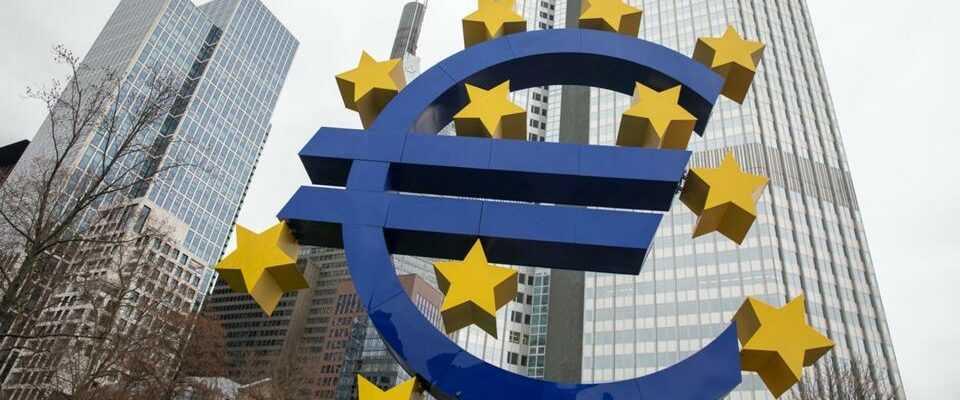Covid-19, war in Ukraine, climatic hazards… the economic situation in France and on a global scale is very degraded. In this context, the term “stagflation” comes up in the words of some commentators or politicians. What does it mean?
Stagflation, as its name suggests, is the consequence of stagnant growth, combined with inflation.
All over a long period. It is therefore not fair to speak of stagflation over one or two months, or even over a quarter.
This phenomenon occurs in principle when the economy is violently jostled. The most striking model remains the oil shock of the 1970s, which occurred in two stages (1973 and 1979): the drop in supply hit growth, while the rise in prices contributed to inflation. This led to stagflation.
Possible stagflation today?
Today, the risk of suffering a new period of stagflation is real. The end of the periods of confinement and restrictions due to Covid-19 have led to a sudden increase in consumption, putting certain supply chains in difficulty.
The supply and demand mechanism therefore triggered an initial price increase. Then, the war in Ukraine gave a new shock to these prices, specifically on energies and raw materials.
Added to this context is the current choice of French households to save, rather than spend, recalls AFP. In fact, growth is weak.
INSEE has thus indicated that growth in France came to a halt in the first quarter (zero at 0%). At the same time, inflation was measured at 4.8% over one year. The conditions, if they last several quarters, would therefore be there to speak of stagflation, with the repercussions it entails on employment, production and prices.
Still, business investment is still strong and government measures, such as the energy check, can help avoid this scenario, told our colleagues Pierre Jaillet, researcher at the Jacques-Delors Institute.
What solutions?
Government policy is a means of countering this phenomenon, by supporting households and businesses to revive growth. Another is fiscal policy, at state or European level.
In the latter case, it is the European Central Bank (ECB) that holds the reins, via key rates. It can raise them to counter inflation, but with the risk of also curbing consumption and investment (the cost of borrowing would increase). ECB President Christine Lagarde recently announced that a first increase could take place this summer.
